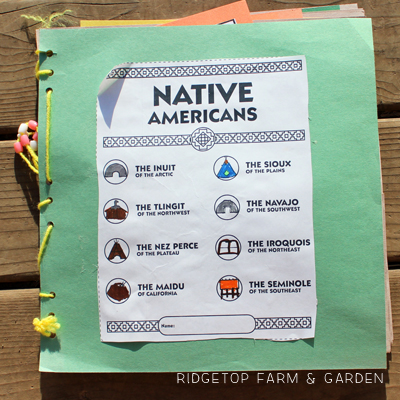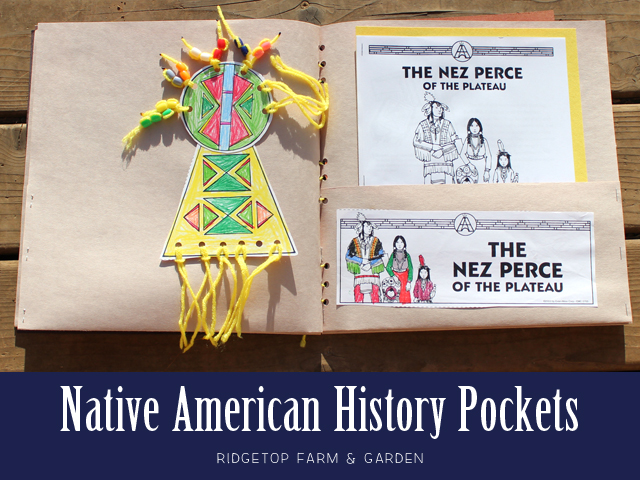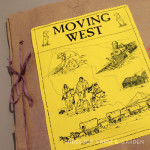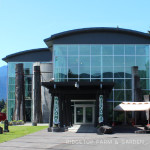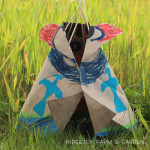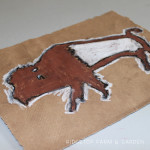Throughout the year we have been working on our Native American History Pockets. This was something all 3 of my kids could work on as a group & I loved teaching them all together.
We used construction paper & yarn to create the books. Super simple & inexpensive.
We learned about 8 different tribes throughout the US & Canada.
This post contains affiliate links.
The cover of Farm Kid2’s book.
It is a 12″ x 18″ piece of construction paper cut to 12″ x 12″.
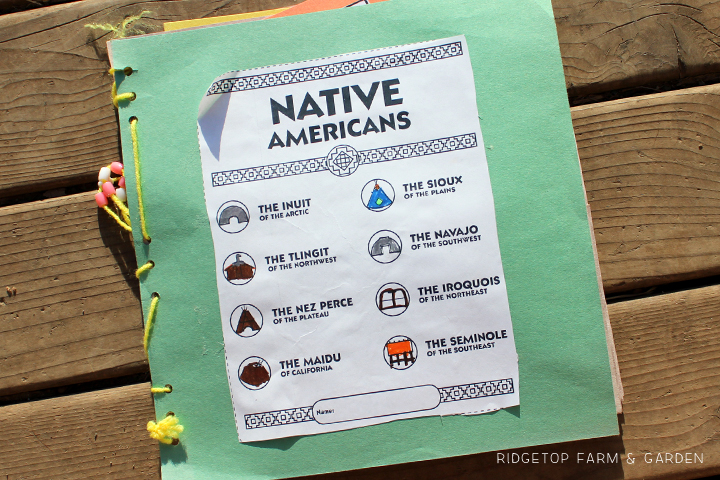
We began each pocket with the kids coloring the pieces specific to the tribe we were studying, while I read the information booklet.
This book has 9 pockets, each made from 12″ x 18″ construction paper. I folded up the bottom 6″ inches of the construction paper & stapled the sides to create the pockets.
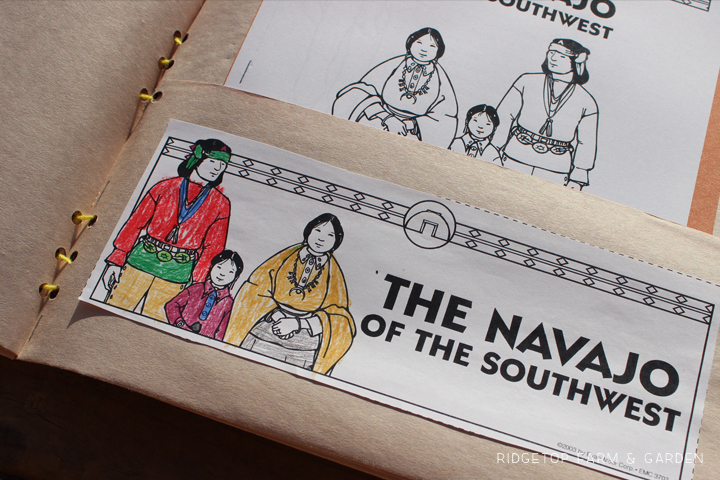
The first pocket includes a picture dictionary, a map showing the shelters from each tribe & a comparison chart.
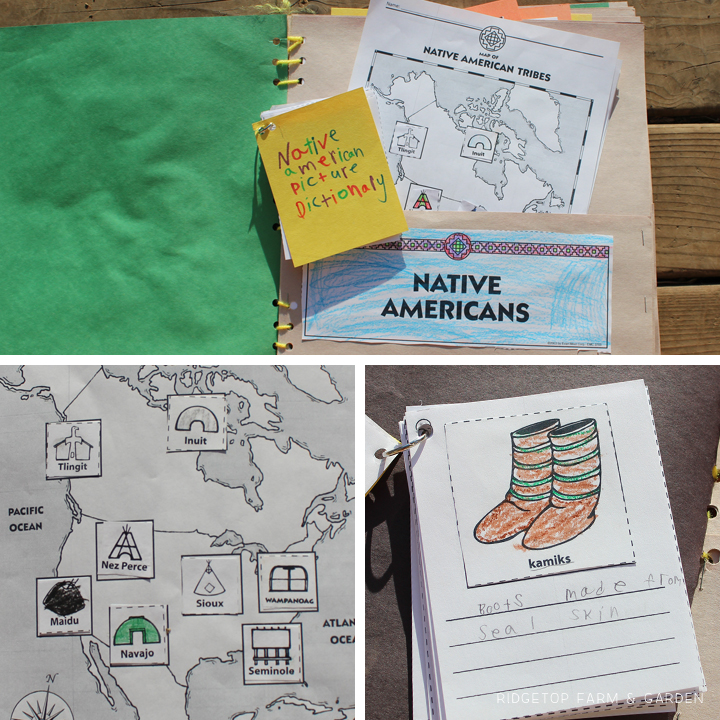
Throughout the year I read stories about Native Americans, typically legends. The books weren’t always on the specific tribe we were studying, but they were from a nearby area. I thought this would help the kids get a visual of the types of clothes they wore & the environment they lived in. Two of the books we enjoyed were The Story of Blue Elk and The Legend of the Indian Paintbrush. Have I mentioned how much I love Tomie dePaola? Well, I do. I think his books are fabulous.
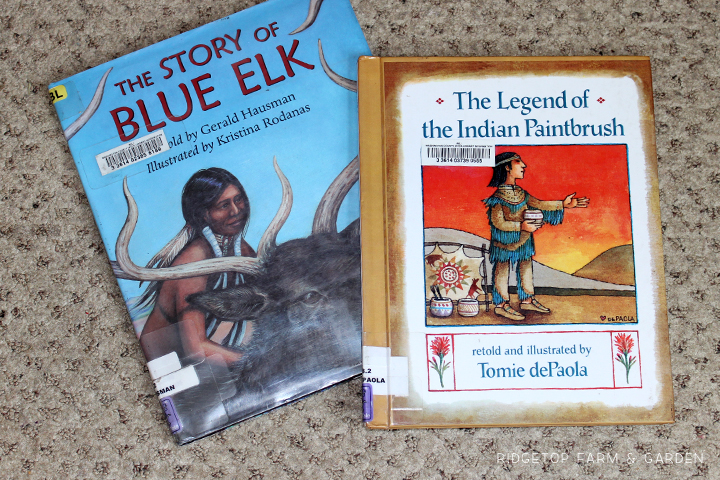
Each pocket had an activity or two specific to the tribe, such as this mask from the Tlingit.
It was especially fun to see real life examples of masks and other items used by the Native Americans when we visited the Portland Art Museum and the Columbia Gorge Interpretive Center.
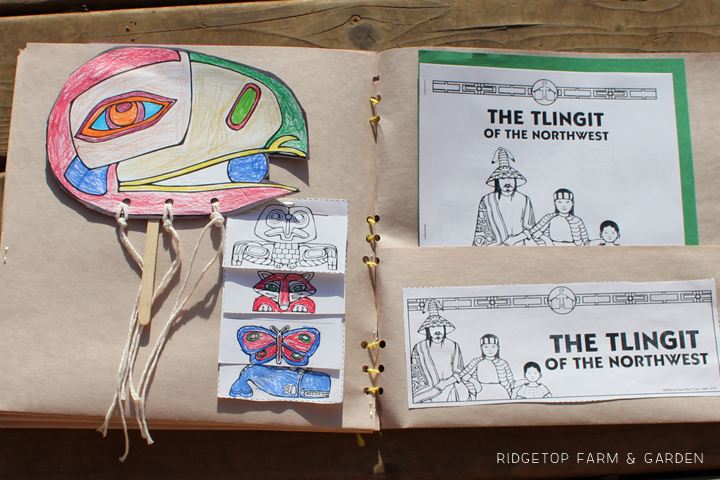
In The Seminole tribe pocket, there is a recipe to make hominy. We didn’t make it.
But, in the Navajo booklet it mentions that they ate fry bread with most meals. I did attempt making fry bread. It was delicious, but not very flat.
We tried the fry bread two ways – one with cinnamon & sugar, the other with lunch served taco style.
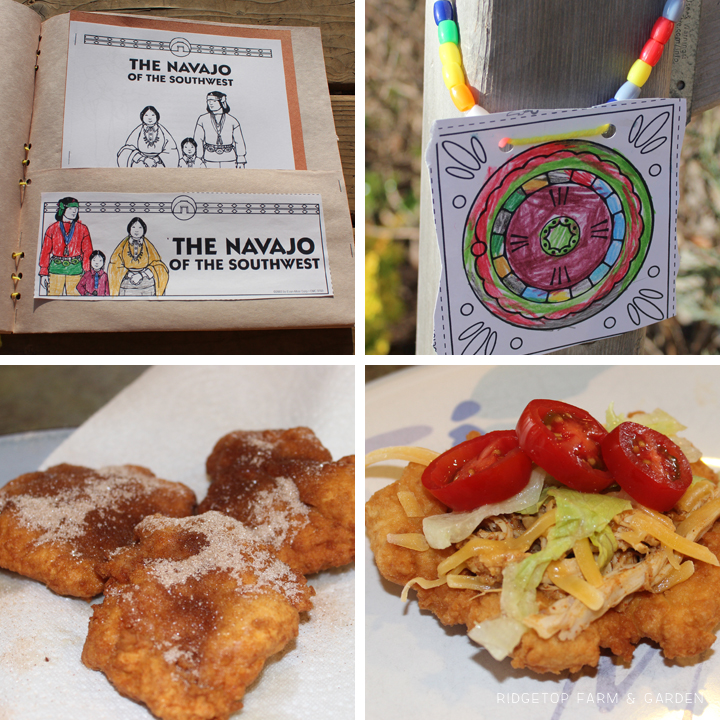
We worked on these pockets throughout the year. When possible we did a pocket to go along with other units of study. For example, we completed The Inuit pocket during the winter when we were reading Jan Brett’s Three Snow Bears. You can find a mural to print of The Three Snow Bears on Jan Brett’s website.
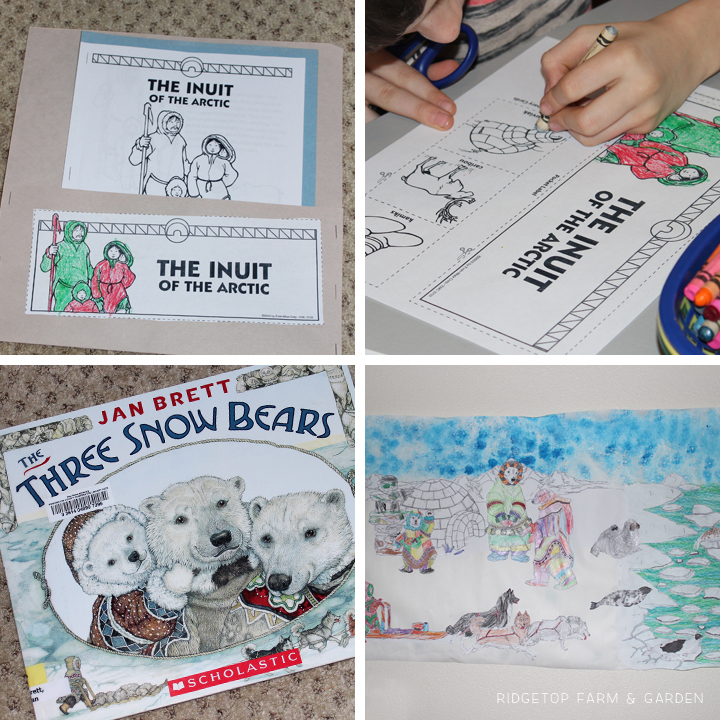
I enjoyed the freedom of homeschooling & changed things up to fit our needs a couple times.
#1: The tribe the publishers chose for the NE part of the US was The Iroquis. But, I wanted to tie this unit in with Thanksgiving, so I switched the tribe we studied to the Wampanoag. I found my own information about the Wampanoag to share with the kids, but they were still able to do The Iroquis activites.
#2: This History Pocket book was geared towards grades 1-3, so some of it was a bit easy for my 11 year old. Because of this, I came up with a few activities I thought he would enjoy. The book has a wampum craft for this pocket, but I chose to have the kids make a wampum belt instead.
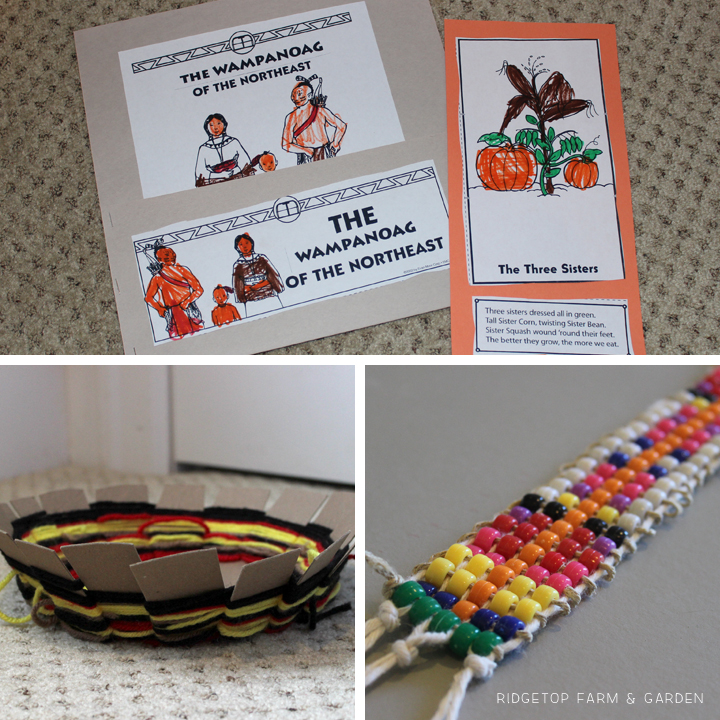
Since the kids were learning about the shelters of each tribe, I wanted them to craft at least one shelter. I chose a teepee when we were studying The Sioux.
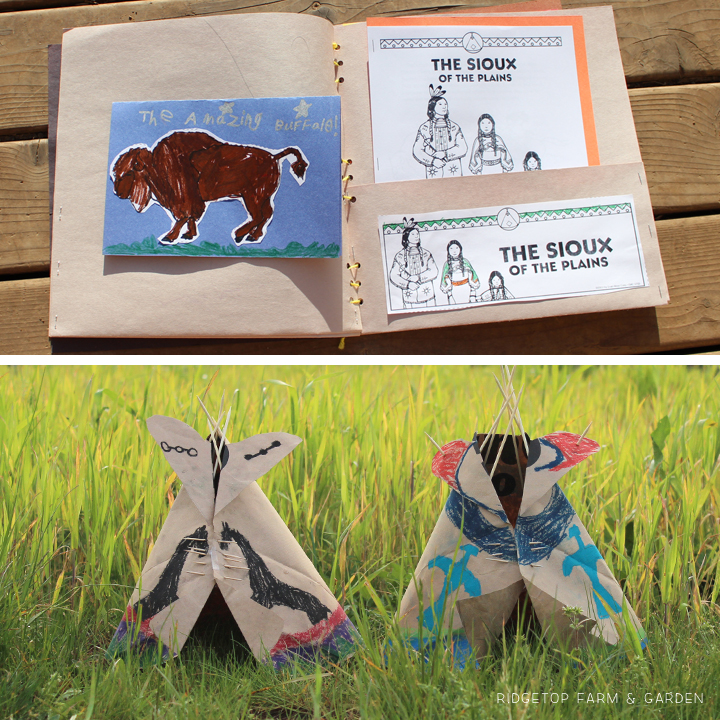
I am a fan of History Pockets, & this one did not disappoint. The tribe booklets were thorough enough that the kids learned a few key things about each tribe without being overwhelmed. I especially liked that it included the first pocket, which was a quick way to see where the various tribes lived & we could easily compare their lifestyles.

